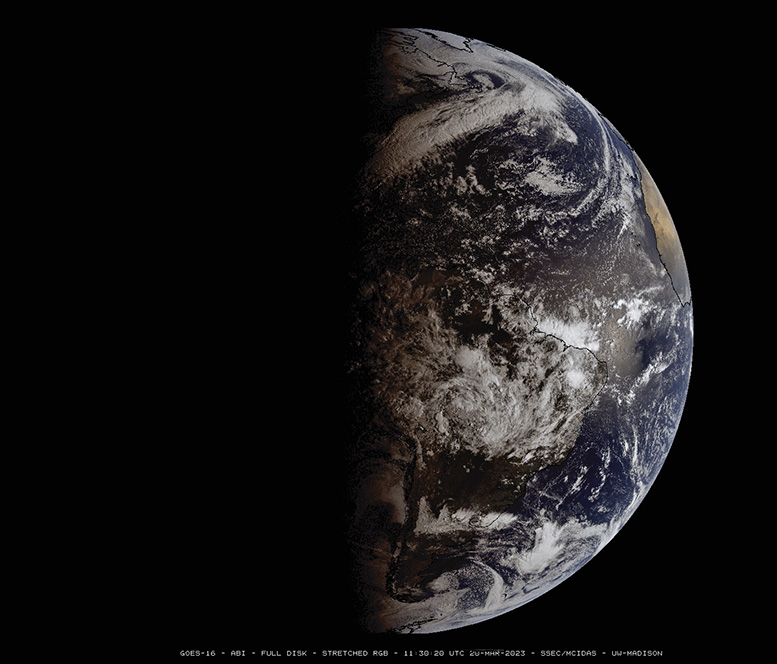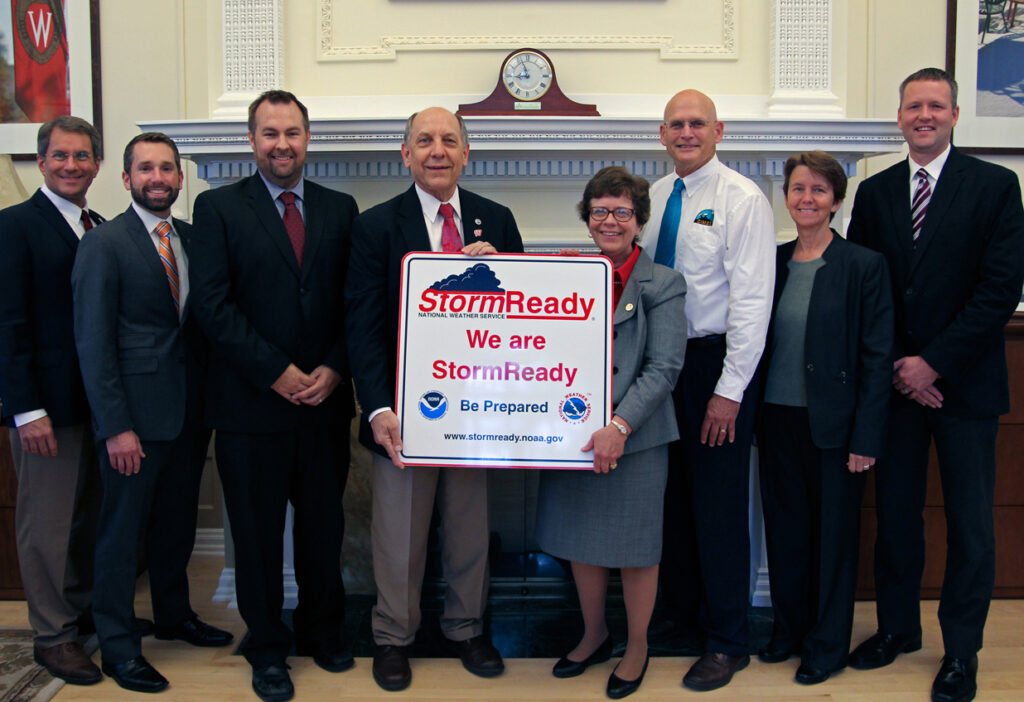There are different sources of air pollution, including human-generated emissions from the burning of fossil fuel, as well as natural sources such as wildfires, volcanic eruptions and dust storms.
Particle pollution is referred to particulate matter (PM) and is made up of small, suspended solid or liquid particles. The amount and density of pollutants in the air are converted into an Air Quality Index (AQI). An AQI of less than 50 is considered safe, while unhealthy conditions have an AQI above 100. The chemical composition of the pollutant can also be a health concern.
Some air quality monitors use lasers to determine the density of particulate matter. Other methods include passing air through filters and then measuring the material collected on the filter.
The Environment Protection Agency has a nationwide network of monitoring sites to measure conditions of particulate matter. PM2.5 describes fine inhalable particles, with diameters that are generally 2.5 micrometers and smaller. Analysis of observations demonstrate that the average PM2.5 concentration has been decreasing nationally, an indication that air quality is improving.
Last week NASA launched a new satellite instrument to monitor air pollution. The Tropospheric Emissions: Monitoring of Pollution, or TEMPO, was launched into geostationary orbit on Thursday. TEMPO is the first space-based instrument to monitor major air pollutants hourly and at high spatial resolution of 4 square miles.
Observations of such temporal and spatial detail enable research studies of rush hour pollution, the movement of pollution from forest fires, and even the impact of fertilizer application. The TEMPO measurements will join a global satellite constellation of observations that will track pollution around the globe.
This animation demonstrates the east to west scanning strategy of TEMPO’s hourly profile of air pollutants over North America using proxy NO2 data. (Credit: Robert Carp, SSEC)
Scientists at UW-Madison’s Space Science and Engineering Center are members of NASA’s TEMPO science team and will monitor the presence of air pollutants over North America and help improve air quality forecasts.
Steve Ackerman and Jonathan Martin, professors in the UW-Madison department of atmospheric and oceanic sciences, are guests on WHA radio (970 AM) at 11:45 a.m. the last Monday of each month. Send them your questions at stevea@ssec.wisc.edu or jemarti1@wisc.edu.



